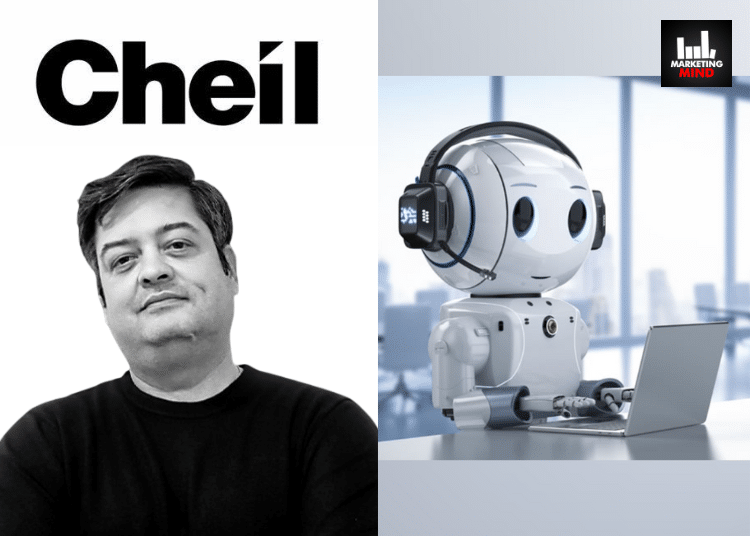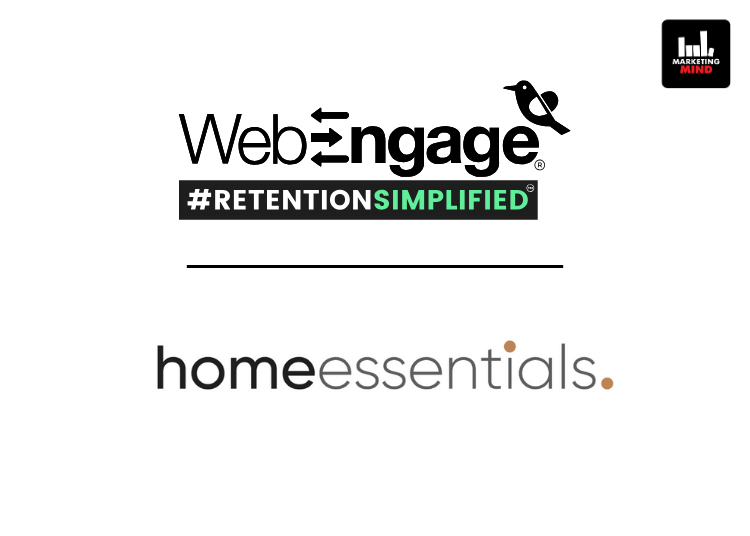“Hey Alexa, what’s the best pizza place nearby?”
A few years ago, this question would have sounded absurd. And today, it’s commonplace.
Welcome to the world of voice assistants and chatbots– the new faces (or rather, voices) of AI in advertising.
Let’s start with voice assistants- the digital helpers that are everywhere– in our phones, homes, and even cars! And they’re changing how we interact with brands.
Think about it. When you ask Siri for the nearest coffee shop, you’re not just getting information. You’re engaging with a new form of advertising. The businesses that pop up in these voice searches? They’re the winners in this new AI-driven world.
But it’s not just about being found.
Voice assistants are becoming more conversational, and more human-like. They’re not just answering questions; they’re making recommendations, and influencing decisions.
Imagine asking your voice assistant for dinner ideas, and it suggests a recipe using a specific brand of pasta. That’s not just helpful– it’s advertising, subtly woven into your daily life.
Then what about chatbots, you may ask. These AI-powered conversationalists are revolutionizing customer service and, by extension, advertising.
Imagine you’re browsing a clothing website, and a chatbot pops up. “Hi there! Looking for something specific?” It’s not just a robotic Q&A machine. Modern AI chatbots can understand context, remember your preferences, and even crack jokes. They’re like personal shoppers, available 24/7. They can guide you through product catalogues, answer questions, and even handle complaints. All while collecting valuable data about customer preferences and behaviours.
But here’s where it gets really interesting. These chatbots are learning. With every interaction, they’re getting smarter, and more personalised. They’re not just responding to queries; they’re anticipating needs. The result? A more engaging, personalised shopping experience.
And for brands, it’s a goldmine of customer insights.
But it’s not all smooth sailing. There are challenges. Privacy concerns loom large. And there’s always the risk of AI misunderstanding intent or context, leading to awkward or frustrating interactions. Yet, the potential is undeniable.
Voice assistants and chatbots are making advertising more conversational, and more integrated into our daily lives. They’re blurring the lines between customer service, user experience, and advertising.
As these technologies evolve, we’re moving towards a world where advertising doesn’t just talk at you – it talks with you.
It’s a brave new world, and we’re just scratching the surface.
Also Read: AI And Customer Journey: From Awareness To Conversion
In our final article, we’ll explore how ad agencies can prepare for this AI revolution. Buckle up– the future is going to be quite a ride!
















